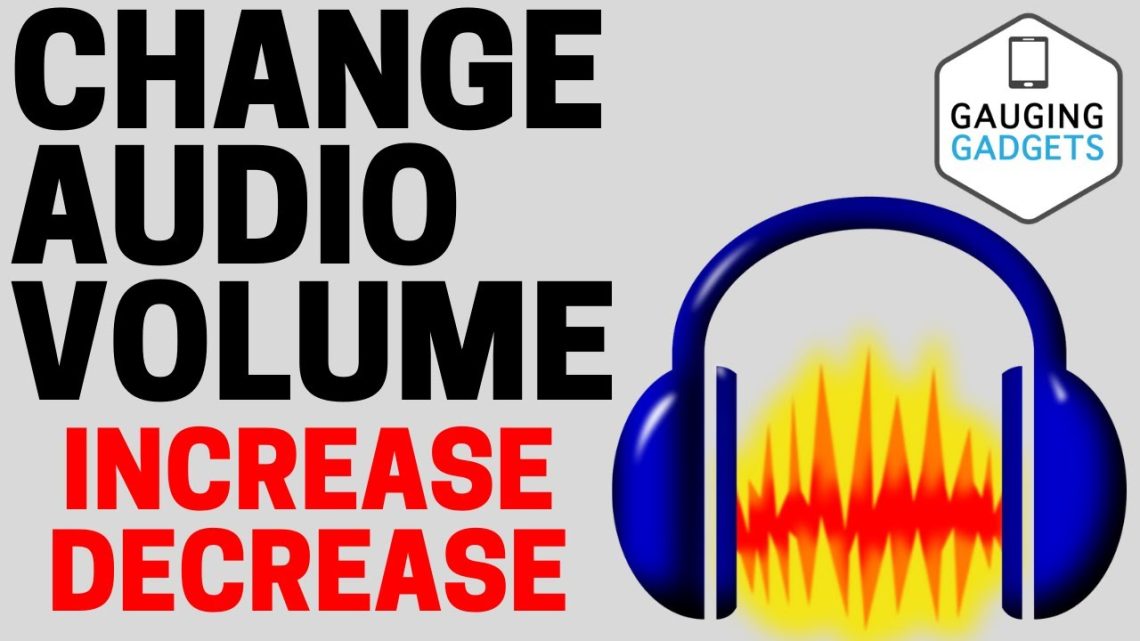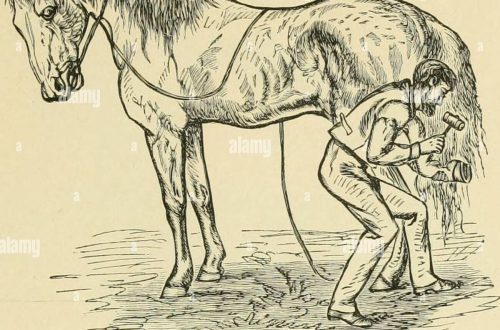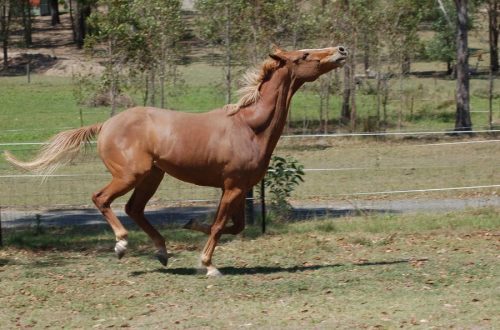
Decrease the “volume” of the sends
Decrease the “volume” of the sends
At a certain stage of their growth, all riders begin to wonder: why do some horses obey the slightest messages and can be controlled literally with “little fingers”, and in order to move others, you need to make a lot of effort, literally digging your legs into the sides and pulling the reins? I think many, especially riders who visited the rental, know what a “real estate” horse is …
But how is it that horses, initially sensitive, begin to respond only to brute physical force? Yes sometimes there are frankly thick-skinned and “iron-mouthed” specimens, but they are really few, especially among riding breeds of horses. Why then do some horses instantly react to a slight tension in your lower back, while others do not hear the heel in their side?
Naturally, this is not the fault of any horse – the whole problem is in us. The ideal interaction between horse and rider is manifested in the willingness of the horse to respond energetically and immediately to the slightest and imperceptible request of the rider. Figuratively speaking, the rider must “whisper” and the horse “shout” in response.”
If the rider rides, clinging to the horse with his legs, clamping in his back, the horse will never hear his leg and lower back. At the same time, a rider who has an independent and confident correct posture will be able to use the most subtle movements to control the horse.
The first thing that “stupefies” the reaction of the horse is an incorrect or unformed seat of the rider. Of course, there is nothing to be done about it, you need to learn from someone. That is why a competent trainer or instructor should periodically sit down on a training or rental horse in order to sharpen its reactions. But practice, unfortunately, is far from ideal. Many instructors believe that, in principle, it is not necessary to sit on a training (rolling) horse, and if you do this, then only when it is idle. And such an approach is extremely vicious – time will pass, and it will be impossible to train on such a horse.
Riders who train on their own, without proper supervision, also often begin to abuse the messages and work with the hand, perhaps with the best of intentions, but over time such work will inevitably make the horse “insensitive”. If the rider is accustomed to pounding and digging into the horse’s side when sending, rocking the body and fidgeting in the saddle, with each subsequent training he will only have to increase the effect on the horse. So a person who listens to very loud music stops hearing whispers over time. And we get a vicious circle: the stronger the messages, the “dumber” the horse’s reaction, the “dumbr” the horse is to the mouth and leg, the more effort the rider puts into the work with his foot and hand.
The rider must be able to use a light influence on the horse in work and, if necessary, increase it, then return to the light again. The “loudness” of the work of the leg and lower back should not be amplified. In this case, the horse should feel the difference between your “whisper” and “shout”. To do this, if there is no way to work harder with the leg, you can use auxiliary tools, such as a whip or spurs. For example, if you send a horse into a trot with a light pressure of the waist and leg, and the horse does not respond, your reaction should be fast and hard. The element of surprise will also play a role. Work your legs harder, so that the horse rises into a trot or even a canter (if you are not sure that you have enough strength, it is better to use auxiliary aids, otherwise you will get the opposite effect). Praise the horse, bring it to a walk and lightly trot again. If you did everything right, the horse will immediately offer you an active energetic trot. No need to lightly tickle or “squeeze” it until the horse walks – this will only make it even more “dumb” on the leg.
Learn for yourself and teach your horse to perceive the whip and spur not as a punishment, but as a means to a more accurate message. You may have to use the whip and (or) spurs correctly only once per training session – this impact will be enough for the horse to immediately get into work and not play “who will endure whom”. You won’t have to ride around constantly slapping your horse with a whip or poking with a spur.
A spur, a whip and a hard leg is an extreme measure, which, I emphasize once again, should be used once, but in such a way that the horse immediately “turns on”.
Among the exercises that improve the horse’s response to light messages, the first and foremost is Transitions —step – stop – step, step – trot – step, canter – step – canter, as well as more complex in further work – canter – stop – canter, trot – stop – trot.
Please note that neither the reins nor the legs can be thrown at the transitions. The transition to a slower gait or halt occurs through the influence of weight, balance, and (last of all) a little prompting from the rein.
As the gait increases, the horse must respond to the leg and body immediately, but calmly and actively. If the message did not reach, and the horse did not respond, an immediate reaction should follow from your side – a hard leg, a spur or a whip. At the same time, your hands, body should remain calm and be in place. After the horse has responded, praise it and take it to a walk, then try sending it out again. If the correction was effective, the horse should respond immediately.
Valeria Smirnova.





